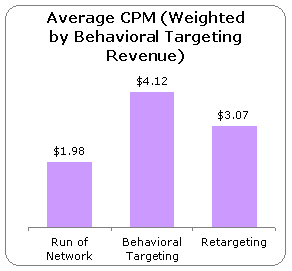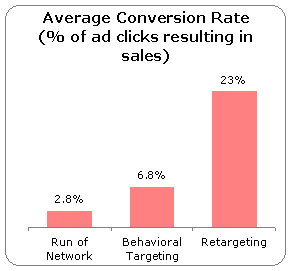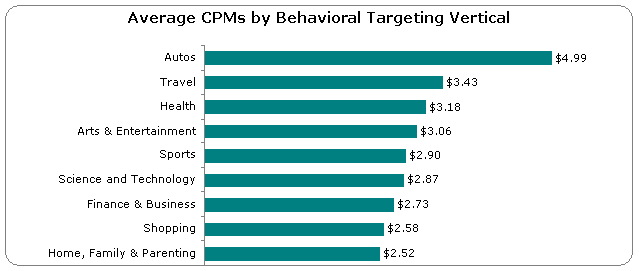Previously, Twitter had one source of revenue – a data fee from search engines indexing tweets. The second source is from advertising, which started on April 12th. The third source will come from a fee charged to business users for professional/commercial accounts – a service which has yet to launch.
Advertising will be sold in the form of “promoted tweets”, which will appear in search results on Twitter.com. Promoted tweet is a keyword ad that shows up at the top of a search when a user searches for a particular term. Companies can bid and buy keywords that trigger their promoted tweet to appear. Promoted tweet is not an “ad” in the traditional sense, but a company tweet. This tweet is clearly labeled as “promoted”, but since it’s a tweet itself, it can be retweeted, made favorite and replied to.
An example of a promoted tweet:
Twitter will be rolling out promoted tweets slowly over the course of the year. Initially, advertisers will bid on keywords on a cost-per-thousand basis, but a performance model is in development and is expected to become the basis for pricing. The new performance model will measure “resonance” which takes into account nine factors – including the number of people who saw the post, the number who replied or retweeted it, and the number of people who clicked on links. If a promoted tweet does not reach a certain resonance score, Twitter will no longer show it, the advertiser will not have to pay for it and users will not see it.
Twitter’s first advertisers are Starbucks, Bravo and Virgin America – all heavy users of Twitter as a communications medium. Unlike search ads on Google or Yahoo, there will only be one Twitter ad displayed at a time. This restriction is likely to block out small advertisers for whom keywords might become too expensive as a result of bidding wars.
Twitter recently said the service handles 50 million tweets a day, but it hasn’t disclosed how many search queries it gets. In the next phase of Twitter’s revenue plan currently scheduled for fourth quarter, it will show promoted tweets in a user’s Twitter stream, even if a user did not perform a search and does not follow the advertiser. Their appearance will depend on whether they are algorithmically relevant to the user or not. For example, if a user tweets a lot about pets, pet product companies might target him/her with their promoted tweets.
The ads will also provide a way for advertisers to enter the Twitter chatter when it becomes negative. While some companies have created tools to measure sentiment on Twitter, there was little they could do with this information because posted responses get quickly lost in a sea of complaints.
As Twitter gains insight into promoted tweet performance, it will be interesting to see what this new ad model evolves into. One thing is certain — the resonance measurement is a sign of progress in establishing more useful and comprehensive performance metrics for targeted buys via social media – how users respond to the message, if they retweet it, reply to it, post it, blog about it, etc.
Have you seen a promoted tweet yet? What do you think?
- Do tell!
- It's okay to disagree. Would love to hear your position though.
- You're welcome!




